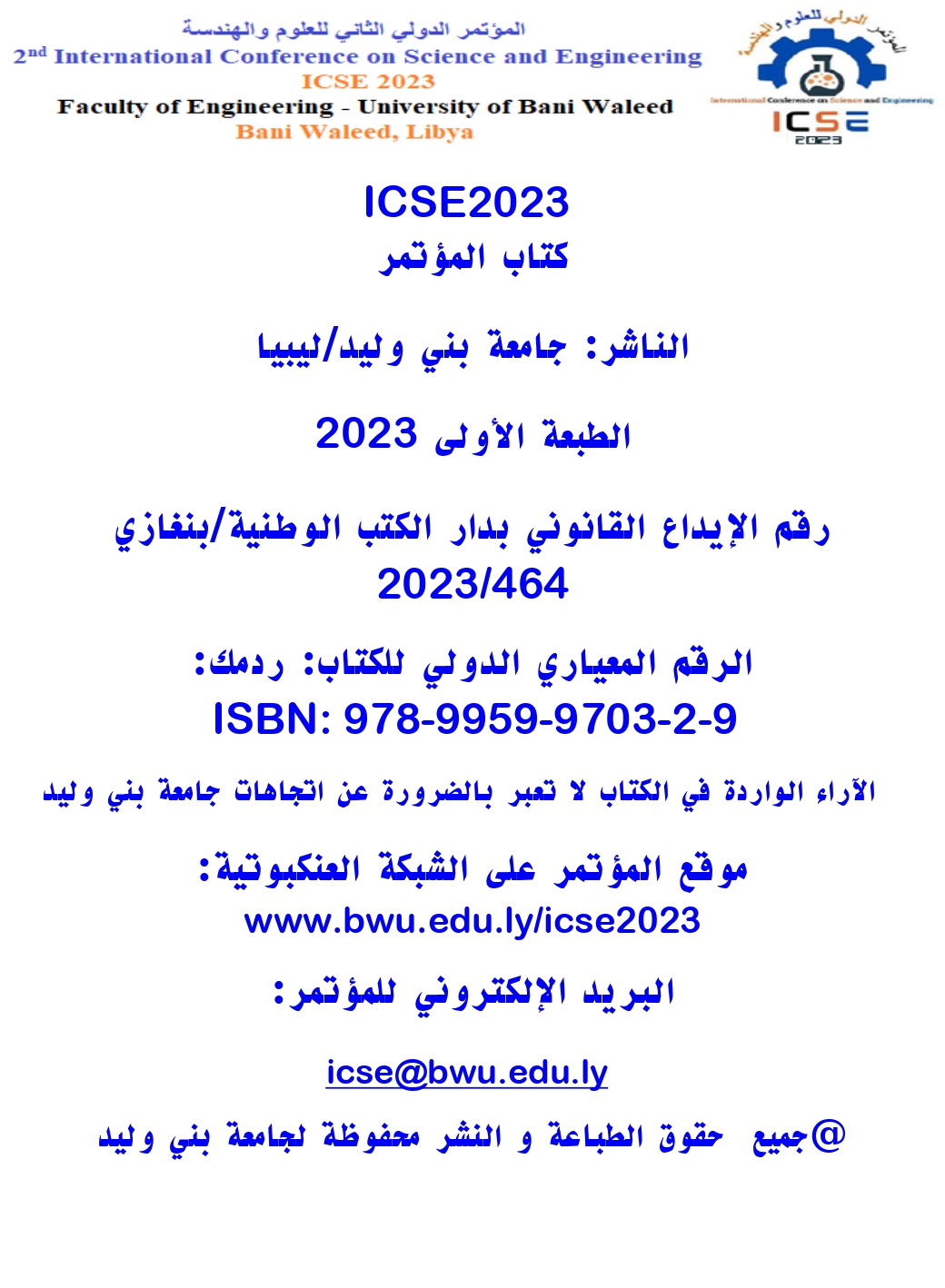Fluidity of Aluminum Piston Alloy with Different Amount of Pouring Temperature
DOI:
https://doi.org/10.58916/jhas.v8i3.111Keywords:
aluminum alloys, casting, fluidity.Abstract
: One of the principal attributes of the aluminum-silicon alloys is their excellent fluidity, or the ability to fill a mold cavity. Fluidity is a complex characteristic that is influenced by surface tension, viscosity, alloy freezing range, melt, cleanliness, superheat, and solidification conditions. Chemical modifiers are generally considered to be detrimental to fluidity despite the fact that all the chemical modifiers commonly in use decrease surface tension. This investigation has been carried out to study the influence of pouring temperature of aluminum piston alloy on casting fluidity and microstructure defects. A strip type of fluidity testing mould was used in this study, and optical microscope to find microstructure defects. The results showed that higher the pouring temperature greater the casting fluidity. Otherwise, the overheating caused porosity, solidification shrinkage, and dross formation into the microstructure of the alloys melted at temperature higher than 760 C°.
Downloads
References
Davis, J.R., Aluminum and aluminum alloys. 1993: ASM international.
Stefanescu, D., J. Davis, and J. Destefani, Metals Handbook, Vol. 15--Casting. ASM International, 1988, 1988: p. 937.
Kalemtas, A., et al., Thermal properties of pressureless melt infiltrated AlN–Si–Al composites. Transactions of Nonferrous Metals Society of China, 2013. 23(5): p. 1304-1313.
Sigworth, G., The modification of Al-Si casting alloys: important practical and theoretical aspects. International Journal of Metalcasting, 2008. 2(2): p. 19-40.
Sigworth, G., The modification of Al-Si casting alloys: important practical and theoretical aspects. International Journal of Metalcasting, 2008. 2: p. 19-40.
Sumanth, M., A.C. Reddy, and V. Murti, FLUIDITY TESTING ON Al-Si-Mg CAST ALLOYS. life. 1: p. 2.
Radwan, B., Treatment of a Liquid Al-Si Alloy: Quality Control and Comparison of Two Melt Degassing Processes. 2020.
Campbell, J., Review of fluidity concepts in casting. Cast Metals, 1995. 7(4): p. 227-237.
Timelli, G. and F. Bonollo, Fluidity of aluminium die castings alloy. International Journal of Cast Metals Research, 2007. 20(6): p. 304-311.
Heidarzadeh, A., et al., The effect of copper addition on the fluidity and viscosity of an Al-Mg-Si alloy. Journal of materials engineering and performance, 2014. 23(2): p. 469-476.
Di Sabatino, M., L. Arnberg, and D. Apelian, Progress on the understanding of fluidity of aluminium foundry alloys. International Journal of Metalcasting, 2008. 2(3): p. 17-27.
Srinivasa, R. and R. Patil, Characterization of Casting and Deformation Process of a Metal Alloy. International Research Journal of Engineering and Technology, 2017. 4(2).
Di Sabatino, M., Fluidity of aluminium foundry alloys. 2005.
Wilczek, A., P. Długosz, and M. Hebda, Porosity characterization of aluminium castings by using particular non-destructive techniques. Journal of Nondestructive Evaluation, 2015. 34(3): p. 1-7.
Cao, H., et al., The influence of different vacuum degree on the porosity and mechanical properties of aluminum die casting. Vacuum, 2017. 146: p. 278-281.
Prukkanon, W., N. Srisukhumbowornchai, and C. Limmaneevichitr, Influence of Sc modification on the fluidity of an A356 aluminum alloy. Journal of Alloys and Compounds, 2009. 487(1-2): p. 453-457.
Shivkumar, S., L. Wang, and D. Apelian, Molten metal processing of advanced cast aluminum alloys. JOM, 1991. 43: p. 26-32.
Li, M., Y. Li, and H. Zhou, Effects of Pouring Temperature on Microstructure and Mechanical Properties of the A356 Aluminum Alloy Diecastings. Materials Research, 2020. 23(1).
Li, M., Y. Li, and H. Zhou, Effects of pouring temperature on microstructure and mechanical properties of the A356 aluminum alloy diecastings. Materials Research, 2020. 23.
Ahmad, R., N. Talib, and M. Asmael. Effect of pouring temperature on microstructure properties of Al-Si LM6 Alloy sand casting. in Applied Mechanics and Materials. 2013. Trans Tech Publ.
Irfan, M., et al., Porosity reduction and mechanical properties improvement in die cast engine blocks. Materials Science and Engineering: A, 2012. 535: p. 108-114.









